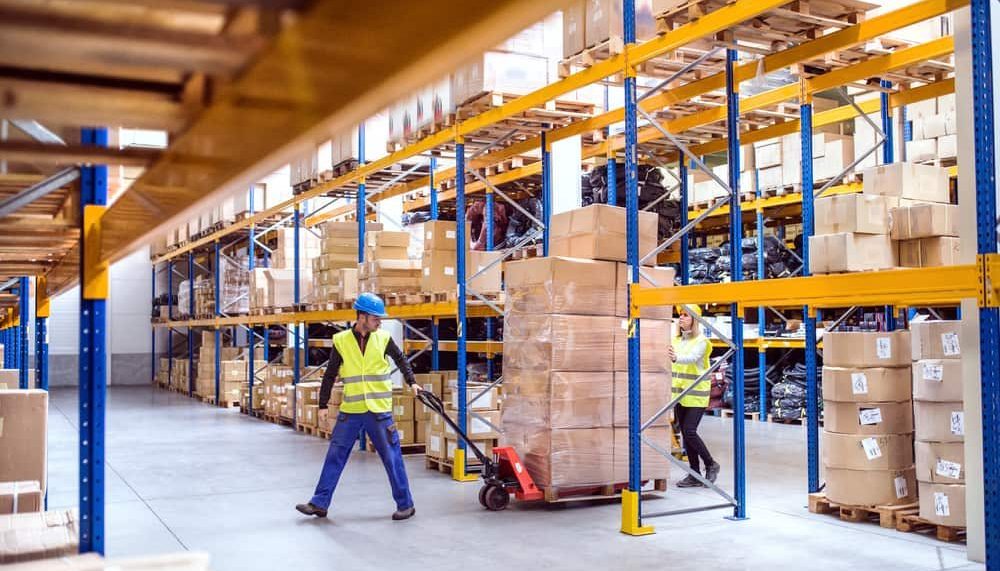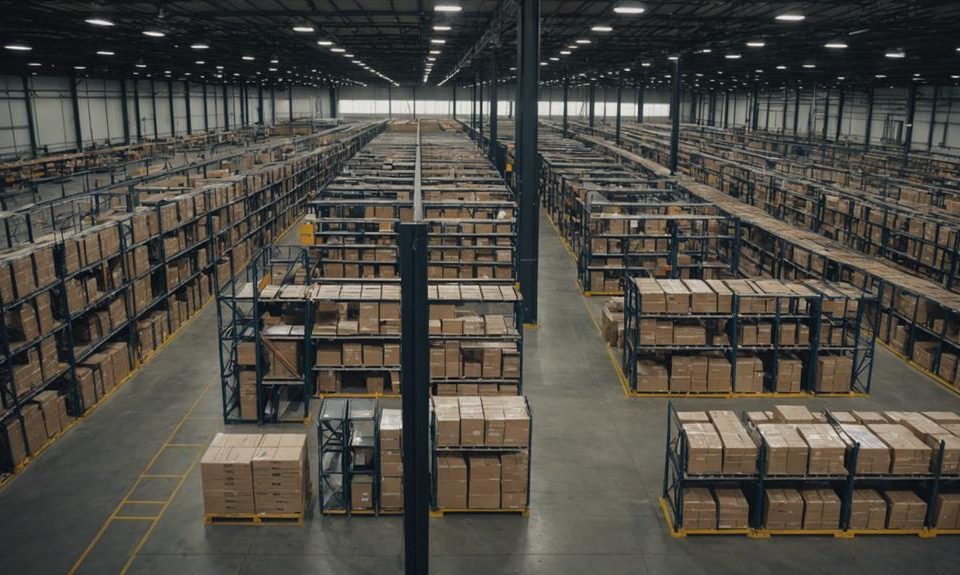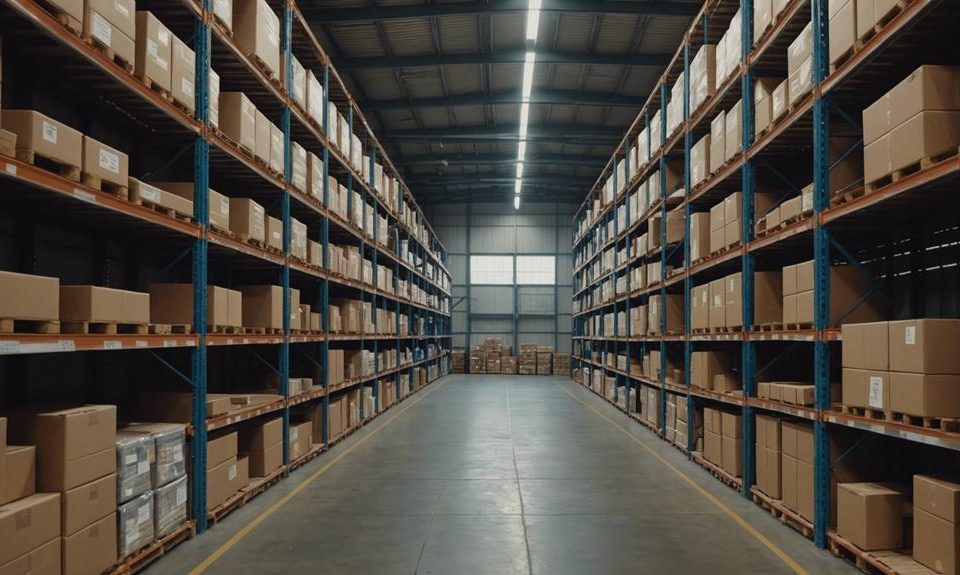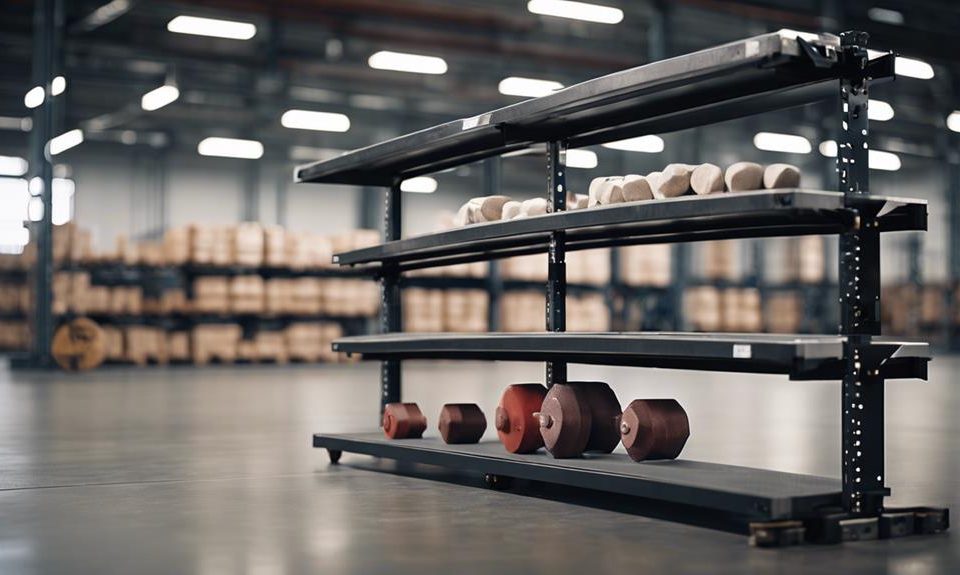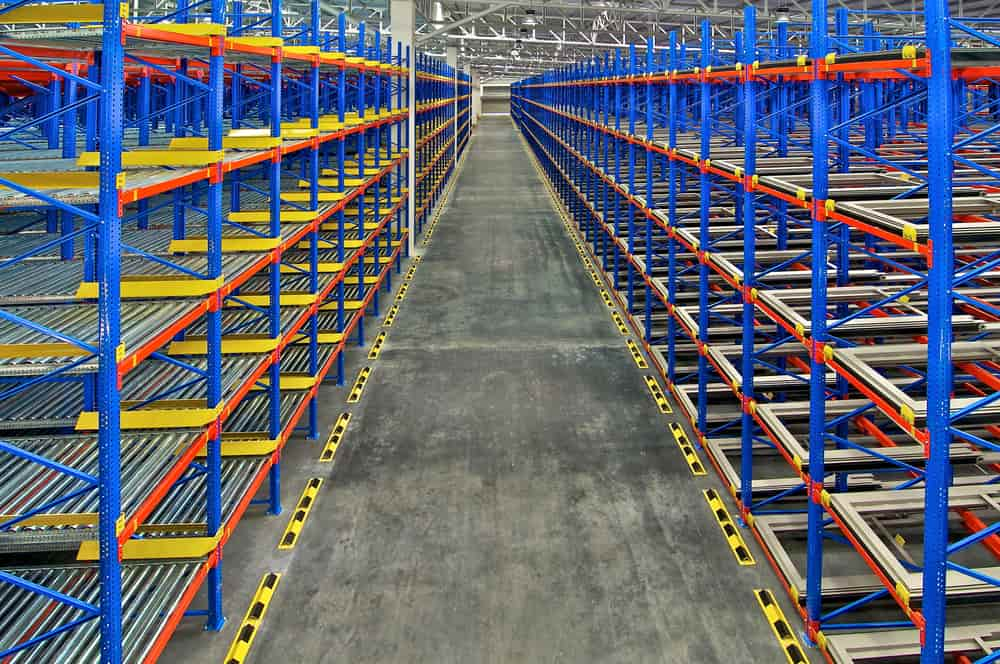
Common Types of Pallet Racking Systems and Their Features
May 11, 2023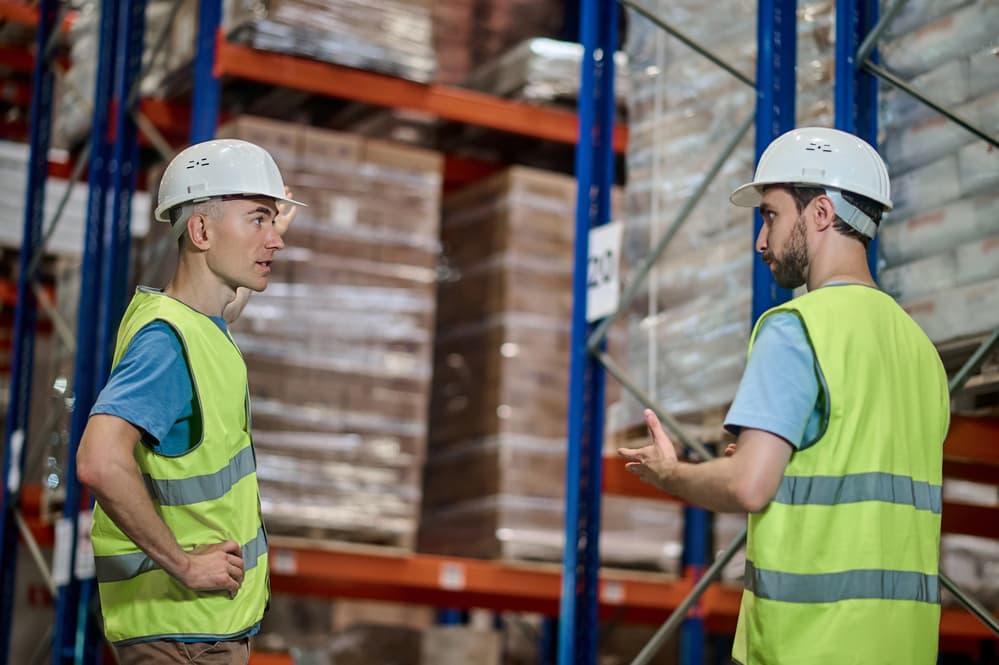
Pallet Racking Installation: What to Expect and How to Prepare
May 31, 2023When it comes to warehouse storage, pallet racking is a popular choice. It’s an efficient way to store and organise goods, but costs are associated with it that need to be considered when budgeting.
In this article, we’ll look at the different factors that affect the cost of pallet racking so you can make an informed decision about what’s best for your business. We’ll cover pallet racking types, facility size, number of racks needed, initial costs, installation costs and maintenance costs.
With this information in hand, you can decide how much money you should allocate for your pallet racking needs.
Types of Pallet Racking
We understand that the cost of pallet racking can be a big consideration when budgeting for your business’s storage needs. Understanding the types of pallet racking available can help you decide which option best suits your needs.
There are two main types of pallet racking: selective and drive-in/drive-through. Selective pallet racking is the most common type, allowing you to store multiple items in a single lane with easy access.
Drive-in/drive-through racks allow you to store multiple items in a single lane but require using a forklift or similar machine to access them. Both options offer different advantages depending on size, accessibility, and cost factors.
Understanding these different types allows you to better decide which fits your specific situation and budget.
The size of the facility also plays an important role in determining the cost of pallet racking systems since larger facilities may need more storage space than smaller ones. This means the amount and type of equipment needed will vary based on each situation.
Additionally, some businesses require specialised equipment or accessories, such as safety cages or automated systems, that increase complexity and overall cost compared to more basic solutions.
It’s important to consider all these factors when deciding which system would work best for your business needs while keeping within budgetary constraints.
Size of Facility
The size of your facility will inevitably affect the overall expenditure for storage solutions, so it’s important to consider any space constraints when planning.
The number of racks needed must be determined according to the size and shape of the warehouse or facility and the amount and type of items that need to be stored.
Building a pallet racking system with enough capacity for all current needs and future growth is recommended. This can help you avoid investing in additional racks later, which would incur extra costs.
Moreover, ensuring adequate aisle space between racks allows for better organisation and improved safety conditions.
Ultimately, considering these factors will help ensure you get the most out of your investment in cost-effectiveness. With this in mind, let’s discuss how many pallet racks are needed.
Number of Racks Needed
You need to determine the number of racks required based on the size and shape of your facility and the items you’re storing – so you can get the most out of your investment.
Pallet racking is sold in sections, so it’s important to consider how many sections are needed for each aisle. Generally speaking, heavier loads require more support, so you must plan for more uprights per section. Depending on your needs and budget, there are a variety of rack configurations available that can be tailored to suit your storage requirements.
Additionally, if you anticipate future growth, opting for additional rack capacity now might be an effective way to save money in the long run. As such, planning and ensuring that all aspects related to pallet racking – including quantity – are considered when creating your budget is essential.
Now that you’ve considered the number of racks necessary for your facility let’s consider what initial costs should be included in your budgeting process.

Initial Costs
When budgeting for your facility, it’s important to factor in the upfront costs associated with pallet racking. This includes the cost of purchasing the racks and any additional accessories you may need, such as safety guards or decking.
Depending on the type of rack you choose, these costs can vary significantly. For example, a basic steel rack will be much less expensive than a more complex system with adjustable beams and columns.
Additionally, if you’re buying new racks rather than used ones, additional shipping and handling fees may need to be considered. All of these factors should be considered when creating your budget for pallet racking.
Once you have determined the initial cost of purchasing your racks, it’s time to move on to installation costs.
Installation Costs
Considering installation costs is critical in outfitting your facility with pallet racking, so you’ll want to factor them into your plan.
Installation costs depend on many factors, such as the type and size of the racks you’re installing, the number of bays, and labour requirements. The job’s complexity will also affect how much you pay for installation services.
If you have an experienced team that can handle the job themselves, then installation costs may be less than if you need to hire professionals to do it for you. It’s important to consider all these things when calculating the total cost of pallet racking.
When budgeting for installation expenses, make sure to allow enough room in your budget for unexpected hidden costs or delays that may come up during the project. With careful planning and research upfront, you can ensure that your chosen pallet racking solution fits within your budget constraints.
Moving towards maintenance costs should be done with as much care and attention.
Maintenance Costs
Maintaining your pallet racking system is essential for keeping it in optimal condition and avoiding costly repairs – so make sure you factor this into your overall plan. Here are some items to consider when budgeting for maintenance costs:
- Regularly check the bolts, nuts, and other components for wear and tear.
- Inspect the racks for any rust or erosion that could lead to corrosion.
- Make sure there aren’t any loose boards or panels that could cause a fall hazard.
- Ensure all safety signs are visible and up-to-date.
- Probe the storage area with a qualified technician every couple of years to check its performance.
Conclusion
We’ve considered the factors that go into budgeting for pallet racking. We’ve looked at the type of racking, size of facility, and number of racks needed.
Initial costs, installation costs, and maintenance costs should be considered when creating a budget. It’s important to remember that taking your time and doing research can save you money in the long run.
With careful planning and an understanding of the cost factors involved, you’ll be able to find a pallet racking solution that meets your needs without breaking your budget. Call us on 03 8390 4483 for details about choosing the right racking system for your business.

